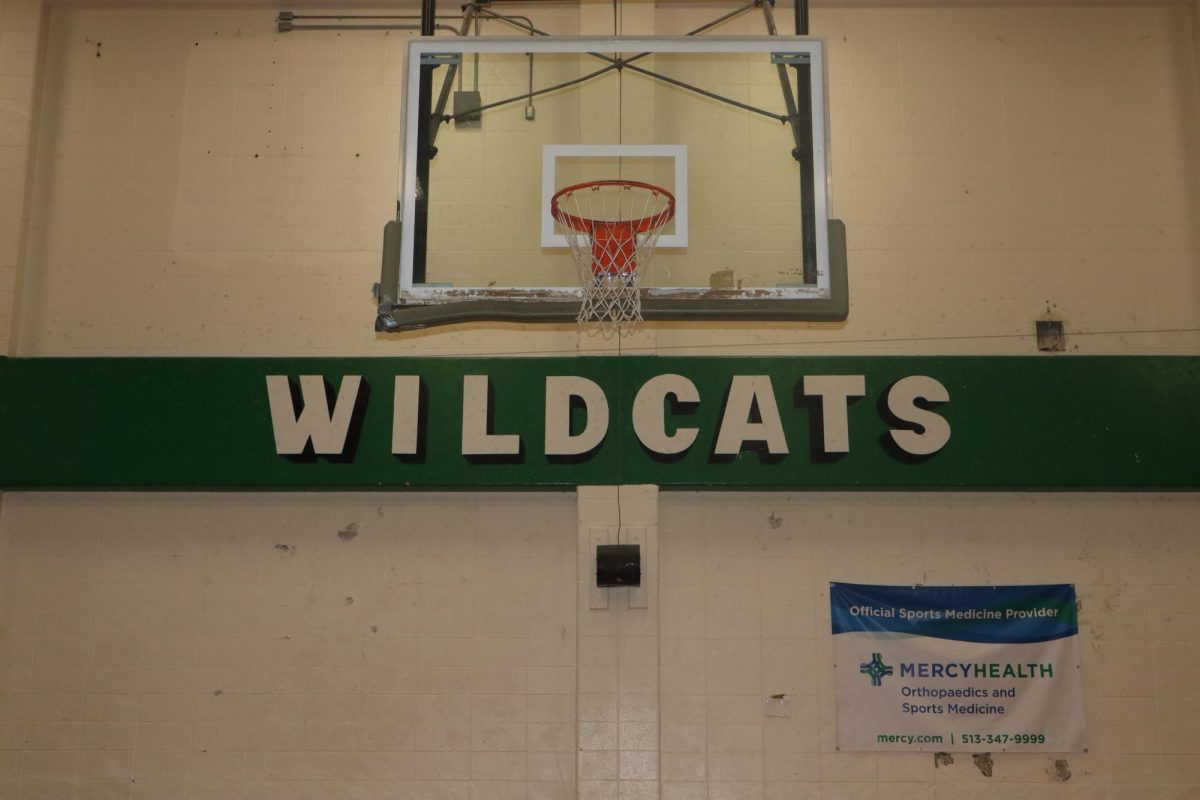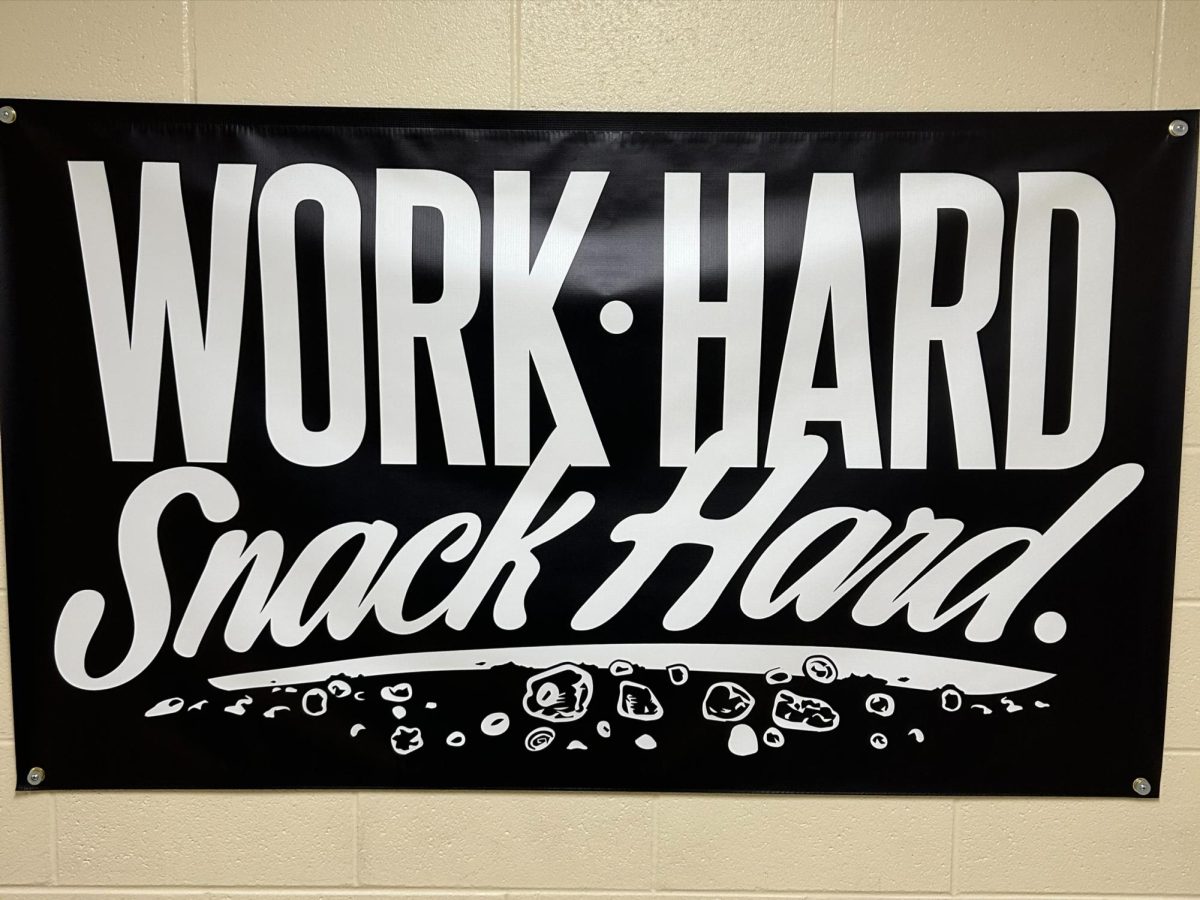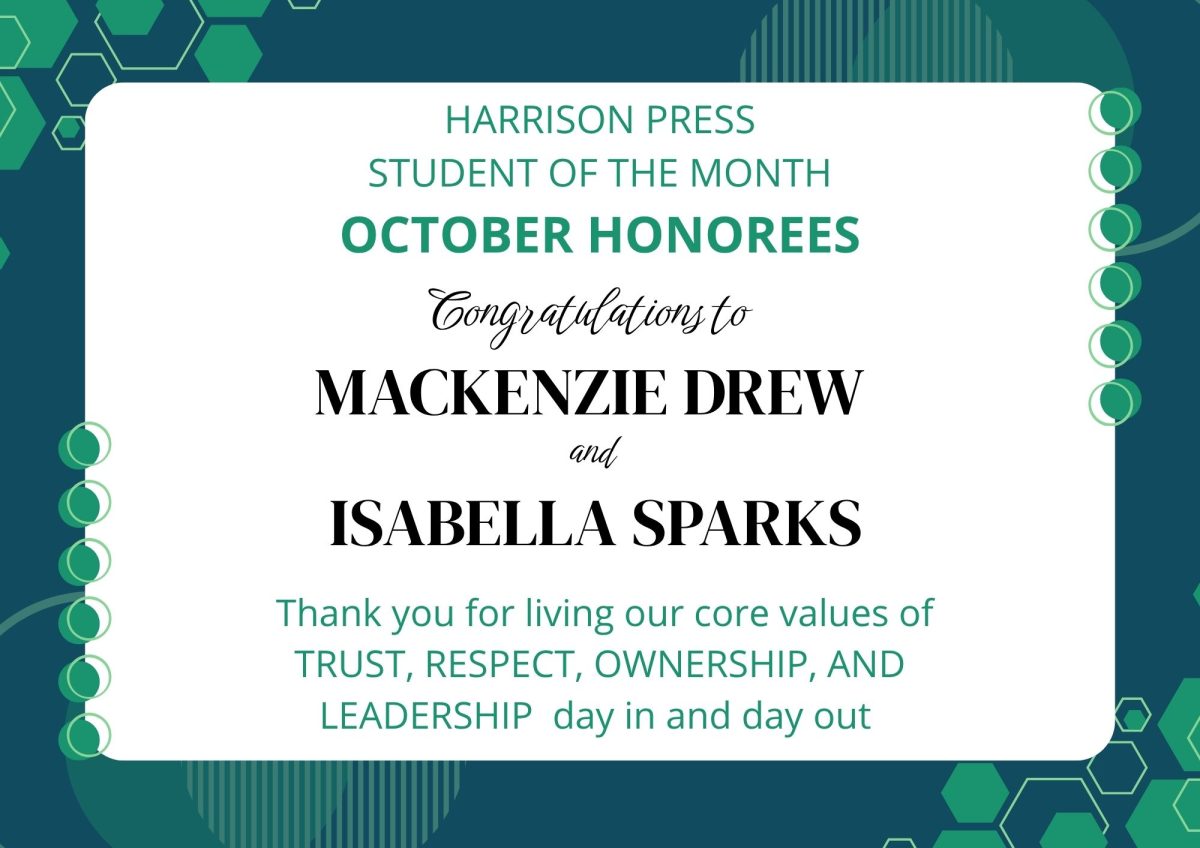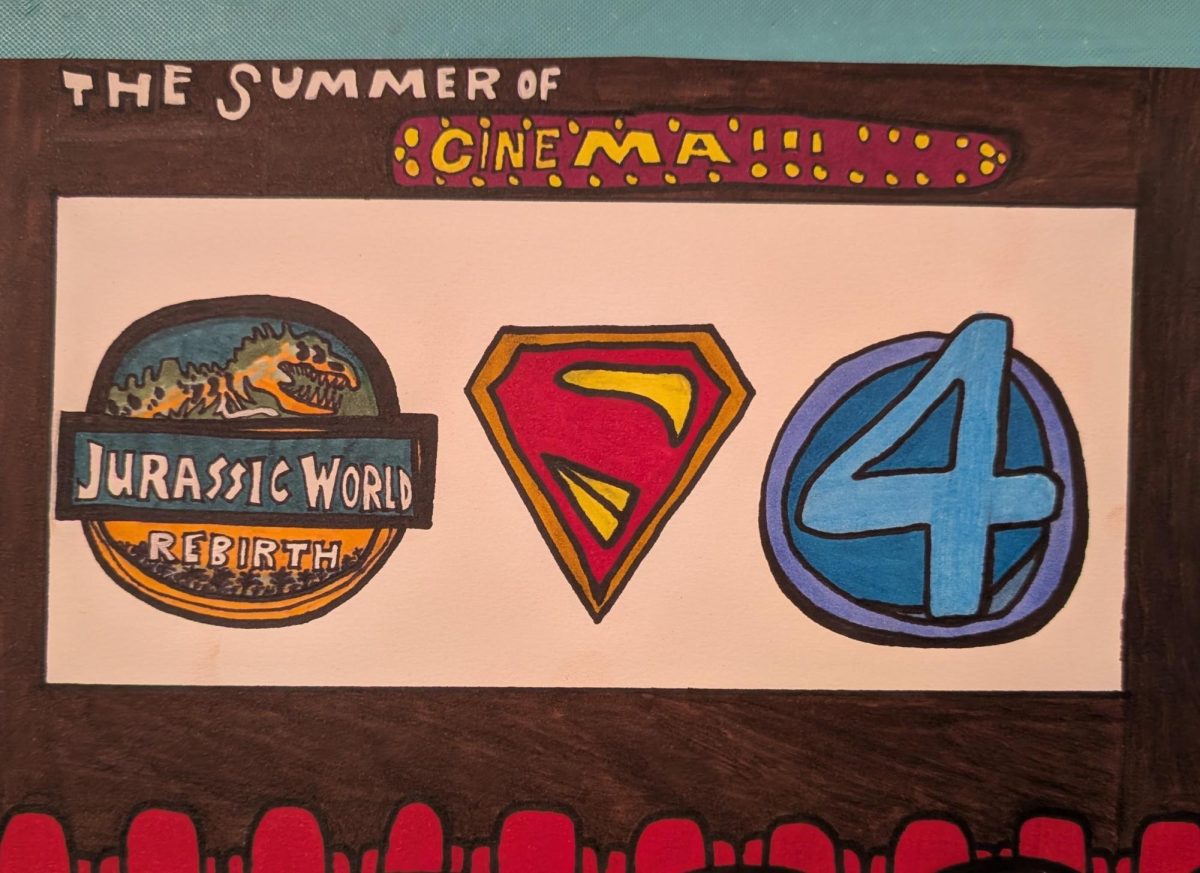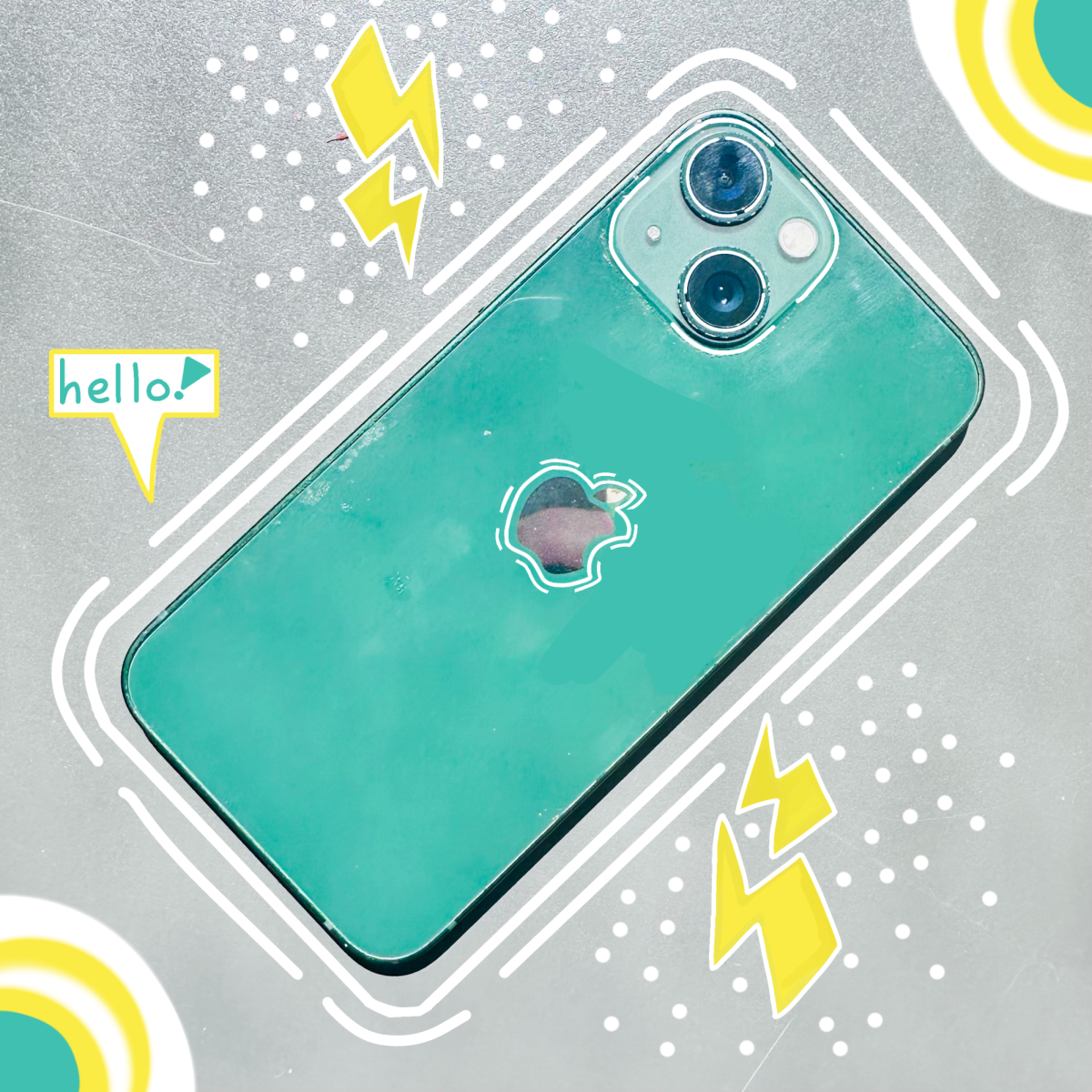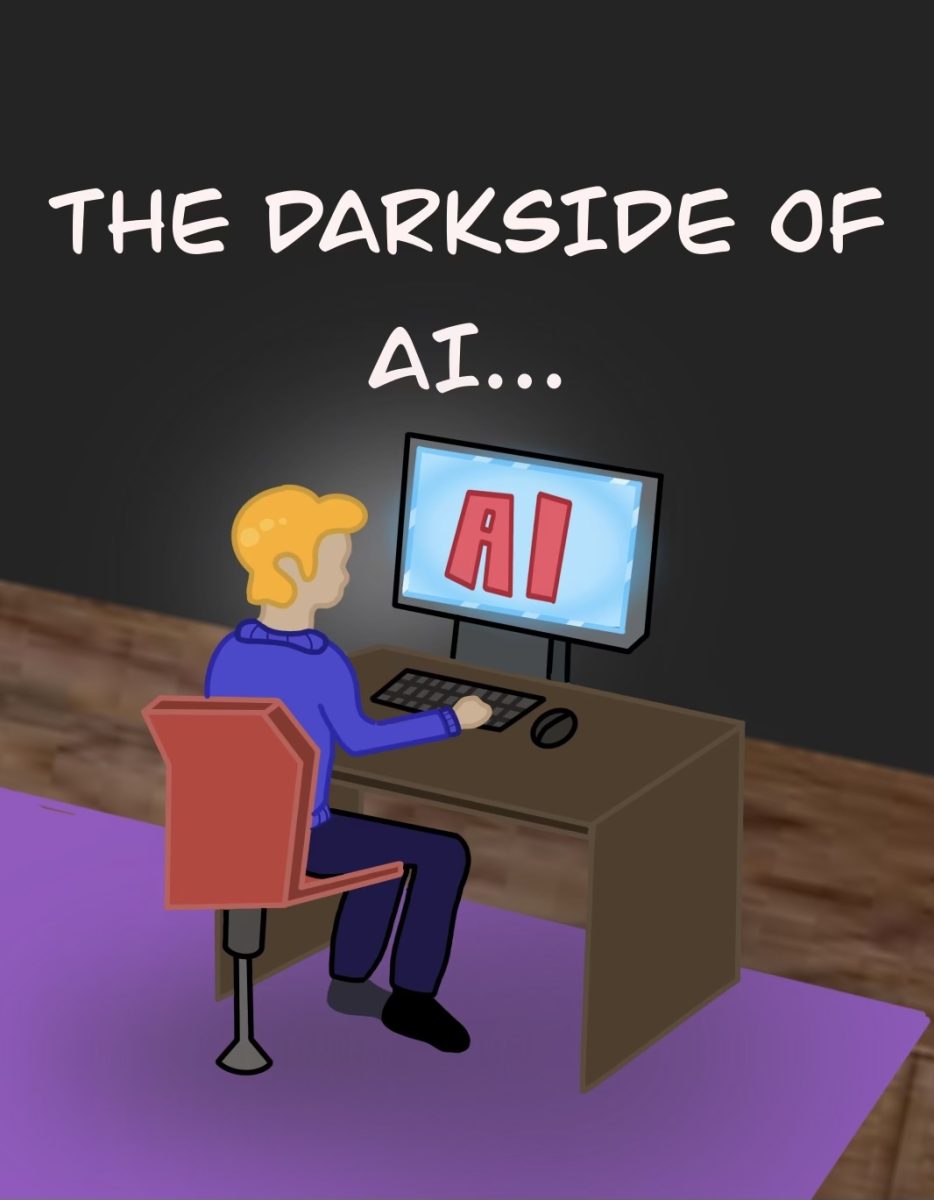On May 15th, 2024, a bill requiring each school district and community school in Ohio to have a policy regarding cell phones during school hours by July 1st, 2025, was signed by governor Mike DeWine. The policy, according to the new bill, “…must emphasize that student’s use of cell phones during school hours be as limited as possible and reduce cell phone related distractions in classrooms.” However, the bill, notably, didn’t say that cell phones had to be completely banned.
Many school districts, like ours, already had phone policies, but that doesn’t mean that this new law didn’t have an effect on these schools. According to the Harrison High School handbook, students’ use of cell phones is prohibited at all times. Our school has been reinforcing this policy more this year. Harrison High School Principal Joe Pollitt in particular has been hammering away at phone usage. Pollitt believes that phone usage causes distractions to learning, and also more drama.
According to Pollitt, the policy isn’t always easy to enforce. “It takes effort and all teachers need to be on board, but it’s worth it,” Pollitt said. Because of this, he asserts, students have been more focused on their schoolwork, and less stressed overall. Another focus, and hotly debated topic that Pollitt has remained stern on, was his stance on phones during lunch.
This policy doesn’t just affect the High School; The whole district is now a cell phone-free area for students. District Superintendent, Mr. John Hamstra, completely supports the policy and believes it improves both social and academic growth: academic growth in classes, and social growth at lunch. Hamstra joins Pollitt in holding the line on lunch time cell phone use. “We have tried [phone use at lunch] in the past, and it has not worked,” Hamstra said. “Students were unable to draw a line between waiting till lunch to use their phone and using it throughout the day.” He says that hybrid approach, having phone out during lunch or between bells, has shown to be not very effective. If you want to learn more about this topic and the connection between excessive cell phone use and teen mental health, Hamstra recommends the book The Anxious Generation by Jonathan Haidt.
When asked how easy it has been trying to enforce this policy, Hamstra says, “Students have been much better about following this policy this year than in years past. Each week, the number of phones confiscated has dropped, which is good.” He also mentions that he has noticed students talking to each other more at lunch.
Students have a lot to say about the school’s policy. In a poll asking how they feel about the no cell phone rule, 83% weren’t fans, with 47% reporting that they hated it and 36% reporting that they dislike it. When asked if they agree that the policy is beneficial for learning, 34% said they feel neutral about this statement, 24% said they disagree, and 25% said they strongly disagree.
Elizabeth Law, a Junior at HHS, thinks the policy is only making things worse. “The problem isn’t being solved, it’s just getting moved; if you try to prevent people from distracting themselves on their phone they will find other ways to distract themselves. There will always be unblocked game websites available to their disposal,” Law said. She went on to point out another common problem with the rule: “…students need to contact their parents from time to time.”
Many students have also brought up the idea of possible alternatives to this policy. “[Administration] should allow usage of phones during free time of class and lunch time,” junior Lochlean Gillaspy said. “There’s no need to gate them during those times as they’re not educational and are simply just free time. I believe it would be better to lighten up on the policy because some people like to listen to music during schoolwork because it helps them work better and more efficiently.”
Even with these complaints, for better or worse, it seems like this new policy is here to stay, restricting students’ access to their phones throughout the school day. On the brighter side, at least we have our phones to look forward to when we get home.













